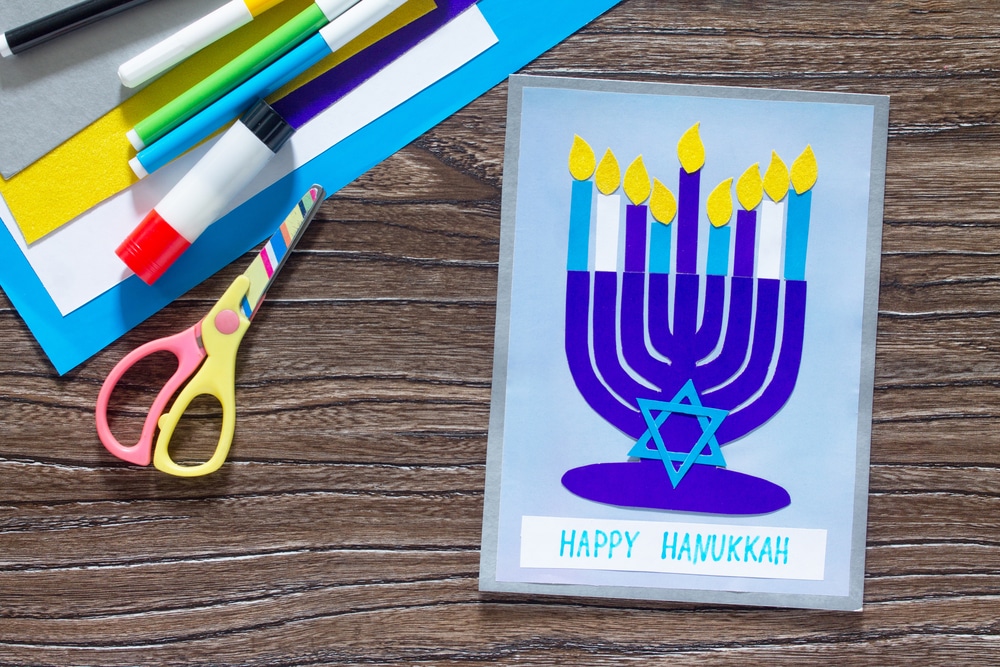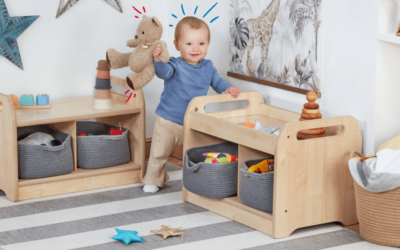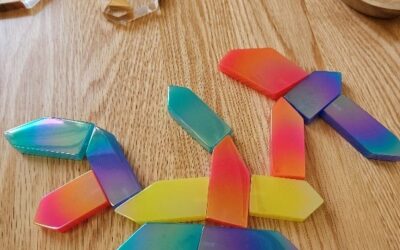Learning About Hanukkah
What is the story of Hanukkah?
Thousands of years ago in Jerusalem, a Greek king named Antiochus had banned Jewish practices and Jewish people could not freely practice their religion. The Greeks had attempted to force the Jewish people to bow down to a statue of King Antiochus in front of their temple (the synagogue), however they refused.
A group of rebel Jewish warriors named the Maccabees fought against the Greeks and after three years of war, they finally won. Unfortunately, the synagogue had been destroyed in the process, so they worked together to clean and repair the temple. Afterwards, to celebrate their triumphant victory an oil lamp was lit in the synagogue. There was only enough oil to burn the candle for a day, but it miraculously burned for eight days! Therefore, Hanukkah always lasts for eight days and instills the importance of light to commemorate this wonderous event.
How is Hanukkah celebrated?
To celebrate the eight nights of Hanukkah, people will light candles on a traditional eight-branched candlestick called a menorah. After sunset, they will light one candle for each night of Hanukkah. Also, playing games is a popular tradition during Hanukkah.
Many children will play with dreidels, a four-sided spinning top with different Hebrew letters on each side. Giving and receiving gifts such as “gelt” which means money, is also popular and they may even use gold chocolate coins for children as an alternative to money.

What food is eaten during Hanukkah?
During the eight-day celebrations it is customary to eat food fried in oil. This is to remember the oil used during the eight nights at the temple all those years ago. Common foods to eat during Hanukkah include latkes (fried potato pancakes) and sufganiyot (jelly donuts).
Related blogs
Your Guide to the School-Based Nursery Capital Grant
What is the School-Based Nursery Capital Grant? For schools aiming to enhance their nursery facilities, the School-Based Nursery Capital Grant provides a simple funding solution. This grant is open to eligible state-funded primary schools in England that...
Top Tips for Play with Rhyme Time
Author: Alice Sharp Alice is nationally and internationally recognised as using a dynamic and innovative approach to children. She uses an experiential approach in her role as early childhood influencer, keynote speaker, mum and writer. She is waiting to uplift...
Top Tips for Play with Gems, Jewels and Sparkles!
Author: Alice Sharp Alice is nationally and internationally recognised as using a dynamic and innovative approach to children. She uses an experiential approach in her role as early childhood influencer, keynote speaker, mum and writer. She is waiting to uplift...


